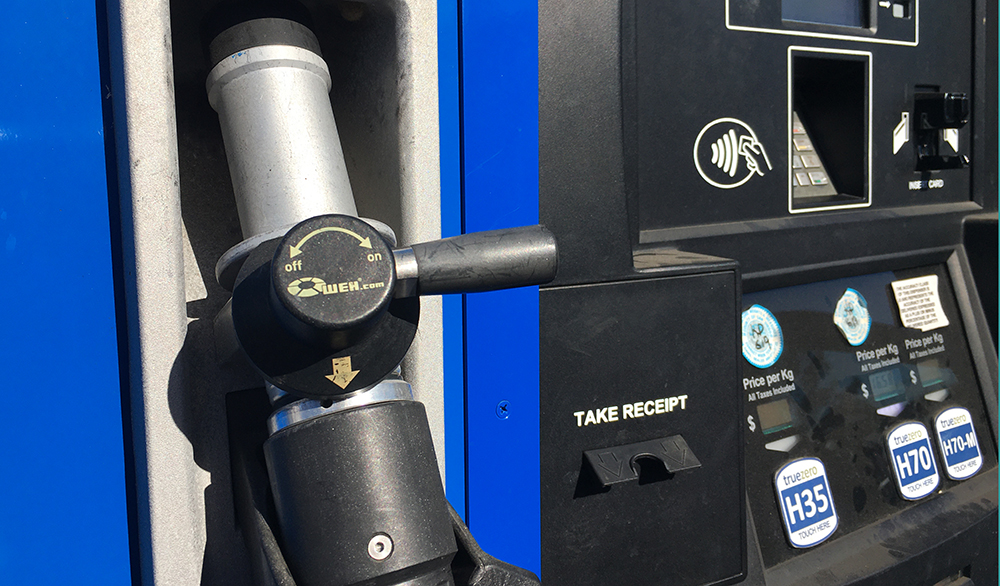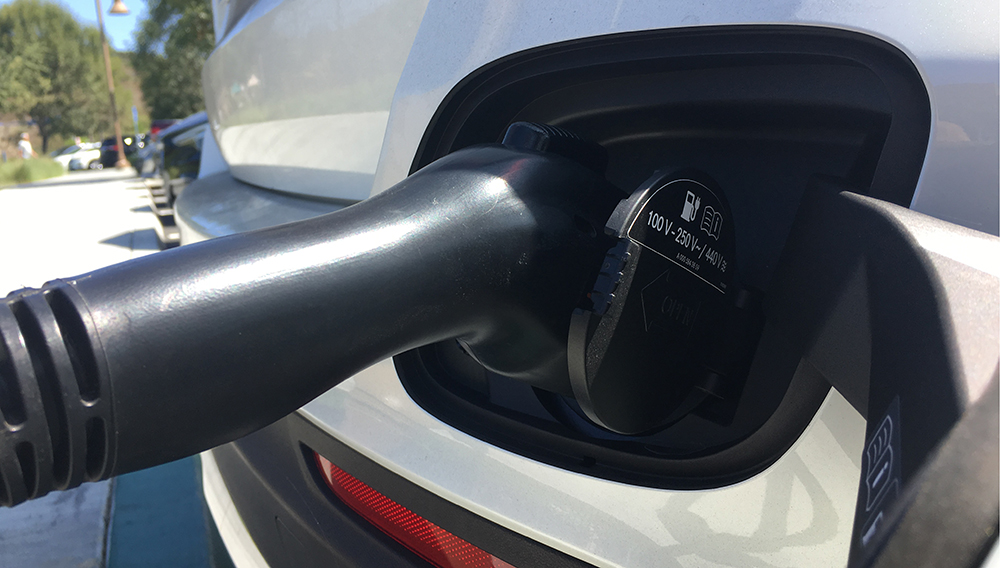A while ago I wrote about an amazing project that uses drones to re-grow mangrove trees in Myanmar. The world urgently needs a range of solutions to offset carbon emissions, and trees play a major role. How do trees tackle climate change? Trees capture carbon dioxide from the air and store it in biomass, roots and soil. According to the Trillion Tree Campaign, global reforestation binds at least a quarter of the annual man-made carbon dioxide emissions.
I love the mangrove project in Myanmar! At the same time I have been reading about our yearly tree losses in North America and Europe. That made me wonder: What are we doing to replant trees closer to home? That’s where the Canadian startup Flash Forest comes into play.
Imagine you are walking through a big, green, majestic forest, breathing in the cool, fresh air. Can you hear the sounds of birds and other forest animals? This week’s climate story brings us to a forest in Canada. Actually, for now, it’s land that recently burnt down in a wildfire. With Flash Forest’s help, hopefully, it will be a forest soon. Flash Forest is a reforestation company that uses drones to reforest areas. This is how it works:

First, the land is mapped to identify where and how to grow a mix of native trees. Then drones drop seed pods in the soil. After planting, the drones monitor the progress and replant spots if necessary.
The seed pods are also designed to store moisture, so the seedlings can survive even with months of drought
https://www.fastcompany.com/90504789/these-drones-can-plant-40000-trees-in-a-month-by-2028-theyll-have-planted-1-billion
What I like most about Flash Forest is their focus on offsetting carbon emissions. Their motto is if we automate deforestation, we should automate re-forestation as well.
All over the world, small startups such as Flash Forest are addressing different solutions to tackle climate change. I hope that adding up all these small projects will make a big difference!








